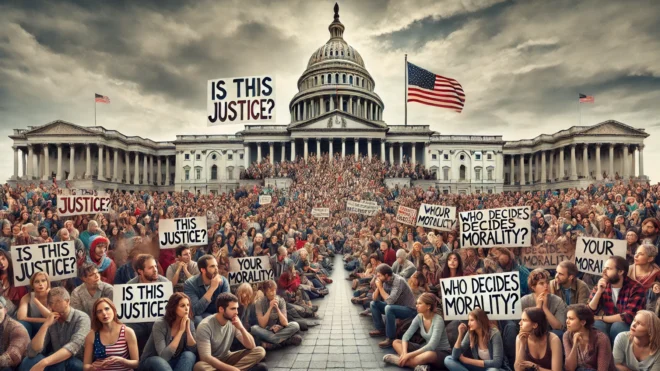In California Development Report I recently saw a story [unfortunately inaccessible to those without an account], about Manhattan Beach and the regulations it was putting in place to define itself. Manhattan Beach is at one and the same time a beach community, and therefore visited by all kinds of people, and an affluent suburb. According to the article, it is defining itself the opposite of its East Coast namesake.
One of the big problems seems to have to do with rowdy and noisy dance parties taking place on the second floor of restaurants. Now I don’t know Manhattan Beach that well and I don’t know how close these are to residential areas, but their solution is to outlaw second floor view dining rooms. I don’t see the sense in this. Just say go acoustic [no amplified music] after 11 p.m., or take it down to the basement. People dining don’t make that much noise. And banks are supposed to have a ‘conditional use permit’.
Zoning is problematic enough, but at least it stays within the concept of the rule of law. The conditional use permit moves beyond the rule of law to the ‘rule of permission’, which is not how you run a free society. It is more how parents run their children. And I admit that there is a concern with chain stores taking over the town. Here in Newport Beach we solved that problem by building a humongous mall called Fashion Island, and there is another one nearby called South Coast Plaza, and all the chains go there of their own free will, so locally owned businesses seem to dominate East Coast Highway in Old Corona del Mar, not because we have some kind of policy barring chains but the chains have been attracted elsewhere. I think there is a fancy mall somewhere in Manhattan Beach. Anyhow, before rushing to conclusions, Manhattan Beach should realize it is not the only place in the area that is both an elegant suburb and a popular beach community, so it should look at what Newport Beach and Laguna Beach have done [and perhaps their neighbors Redondo and Hermosa] to figure out how to handle this.



